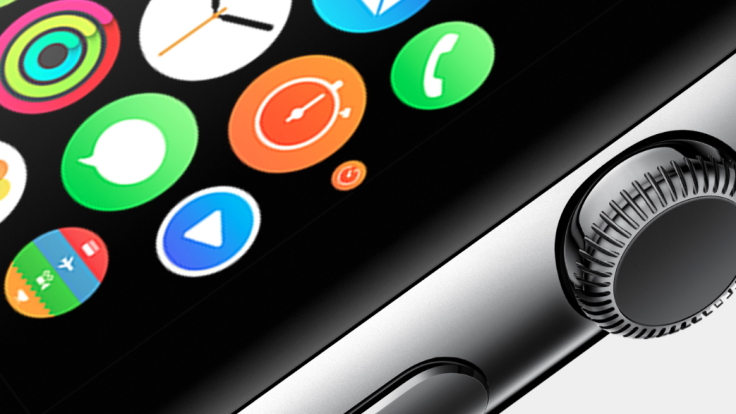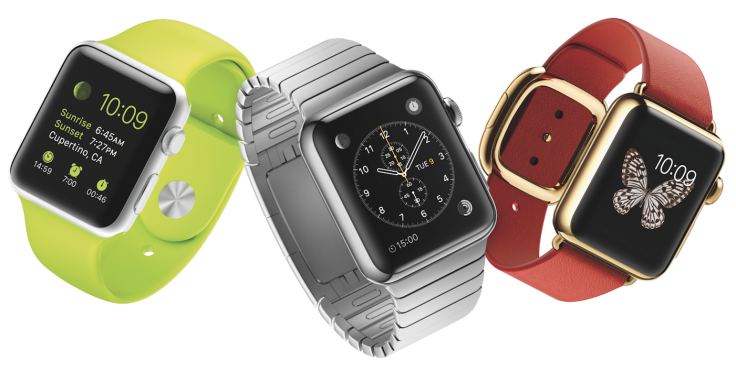Apple Watch Is Here: Cupertino Attempts To Redefine Wearables

Apple Inc. (NASDAQ:AAPL) is hoping to show it can reinvent the nascent category of wearable devices with its own polished entry: Apple Watch.
Unveiled Tuesday after two new iPhones defined by their bigger size, it's Apple's attempt to show it can create new things, too. At the much-anticipated unveiling event in Cupertino, Apple CEO Tim Cook called the watch "the next chapter in Apple's story."
“We love to make new products that improve people’s lives," he said. “We think it will redefine what people expect from the category.”
But Apple didn’t address the biggest question around the Apple Watch, an issue that has plagued the entire wearables industry: battery life. Most current wearables require multiple charges to make it through the day, a huge inconvenience for most users.
The Apple Watch includes a number of technologies, including a Digital Crown, which allows users to navigate the watch by magnifying content, scrolling through lists and making selections without blocking out the small screen. To display content, it features a new flexible retina display made of sapphire, which can sense force and input on its surface.

“The display also senses force, quite literally adding a new dimension to the user interface,” Apple SVP of Design Jony Ive said.
Apple hasn’t skimped on the physical design either, opting for custom alloys of stainless steel, aluminum and 18-karat gold.

On the rear of the Apple Watch are infrared and visible-light LEDs, along with photo sensors that measure heart rates. To make the Watch a little more personal, Apple allows users to customize the Watch face to a number of different designs from traditional watch faces to more modern designs.
"We conceived and designed Apple Watch as a completely singular product," Ive said. "You can’t determine the boundary between the physical object and the software."

The Apple Watch will support third-party developer apps through its WatchKit program, starting 2015.
In addition to the features announced for the Apple Watch, the new device will also support the company's recently announced Apple Pay platform, which enables wireless payments at a number of retailers through the use of near-field communcation (NFC) technology.
While wireless charging was absent from the Apple Watch, the company introduced a new magnetic charging system for the device based off MagSafe technology currently used on its line of MacBooks.
The Apple Watch is entering a competitive market full of players like LG and Motorola, whose latest offerings run on the Android Wear platform from Google, as well as those that have been on the market for over a year, like the Pebble.
Most retail at $249, like Motorola's round-faced Moto 360, or less.
Apple is launching the Apple Watch in three varieties: the Apple Watch, Apple Watch Sport, and Apple Watch Edition, which will feature 18-karat gold. All varieties will be available in two sizes: 38mm and 42mm.
The Apple Watch also requires an iPhone, but is compatible with the iPhone 5, 5S, 5C, 6 and 6 Plus running iOS 8.
Pricing for the Apple Watch starts at $350. The wearable will be available starting in early 2015.
© Copyright IBTimes 2024. All rights reserved.






















